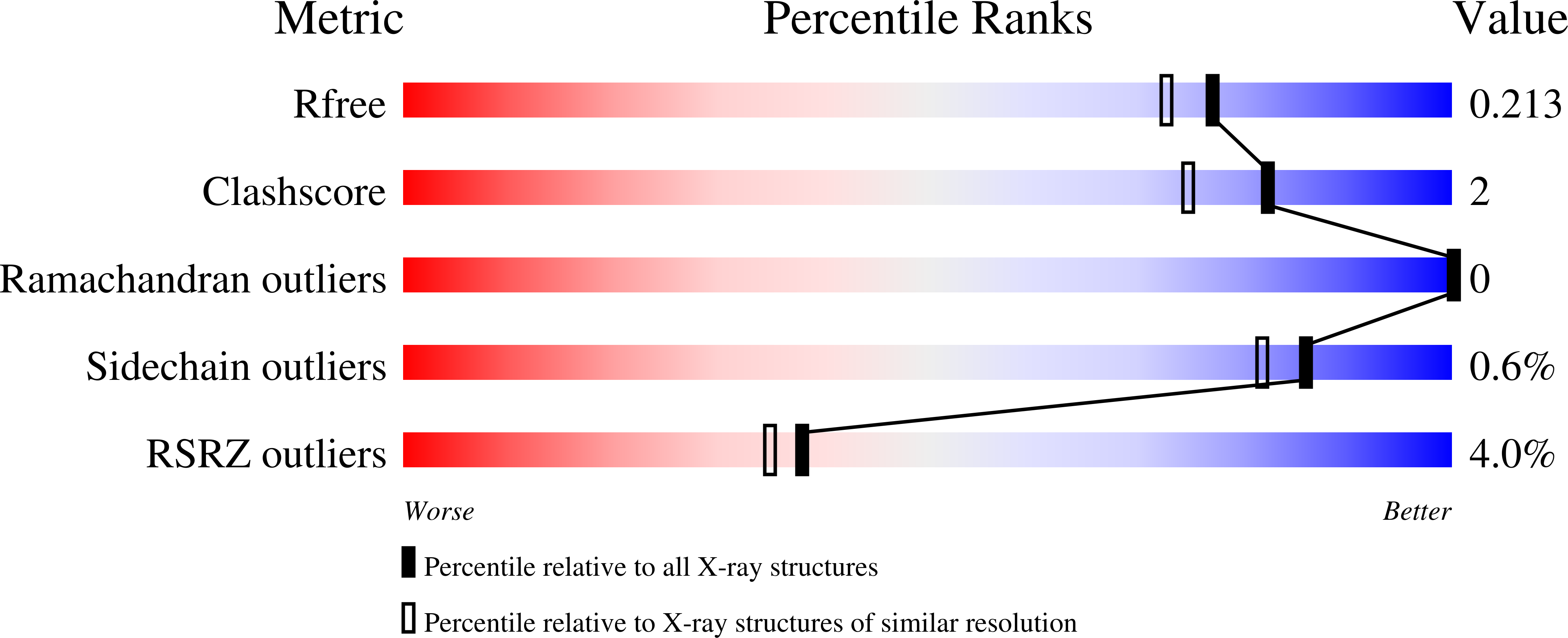
Deposition Date
2009-03-05
Release Date
2010-03-09
Last Version Date
2024-02-21
Entry Detail
PDB ID:
3GI6
Keywords:
Title:
Crystal structure of protease inhibitor, AD78 in complex with wild type HIV-1 protease
Biological Source:
Source Organism:
Human immunodeficiency virus 1 (Taxon ID: 11676)
Host Organism:
Method Details:
Experimental Method:
Resolution:
1.84 Å
R-Value Free:
0.19
R-Value Work:
0.16
R-Value Observed:
0.16
Space Group:
P 21 21 21


